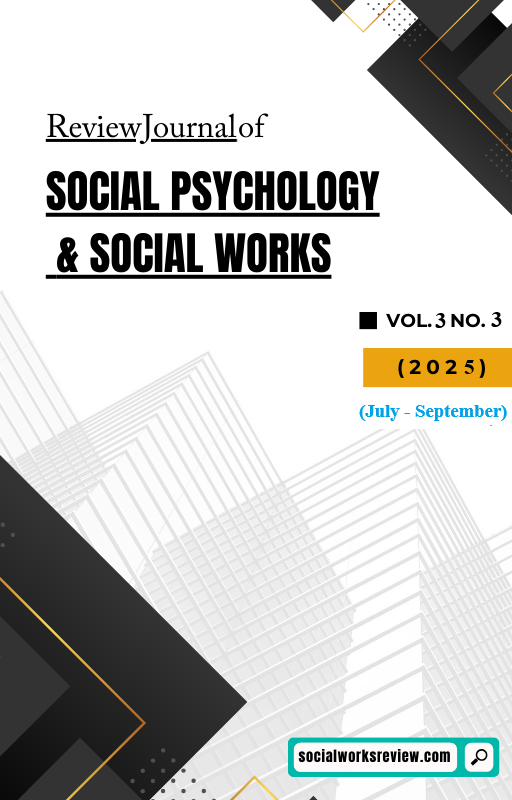Plant-Microbe Interactions in Soil Health and Plant Growth
Abstract
Plant and microbe interactions play a major role in maintaining the health of the soil, the productive State of crops and environmental harmony. This paper summarizes insights on the contributions of two important types of microorganisms, arbuscular mycorrhizal fungi (AMF) and nitrogen-fixing bacteria (NFB) to increasing plant nutrient uptake, water use and the plant resistance to abiotic and biotic stresses. AMF also increase the surface area of roots due to their large networks of hyphae which facilitate effective phosphorus (P), zinc (Zn) and other micronutrient acquisition, as well as increasing aggregation of soils by producing glomalin. NFB fix atmospheric nitrogen N₂ into ammonium (NH₄⁺) thus decreasing the use of synthetic fertilizers which are highly dependent on the roots by producing phytohormones. There is a synergistic effect between AMF and NFB that leads to better soil structure, increased nutrient-use efficiency, and resistance to stress. Incorporation of such microbes in the bio-fertilizer and microbial integrated pest management (IPM) type systems decreases the utilization of the chemical input, alleviates the greenhouse gases and sustains the biodiversity. The review points to field evidence to indicate that co-inoculation methods can be used to sustain or even improve yields that have a lower environmental impact. Although their advantage is evident, the effects of AMF and NFB performance are dependent on the soil type, climatic conditions, plant species, and strain specificity of microbes, which is the reason to develop specific studies. Utilizing such interactions provides a sustainable nature-based approach to attain sustainable intensification of agriculture at scale.





